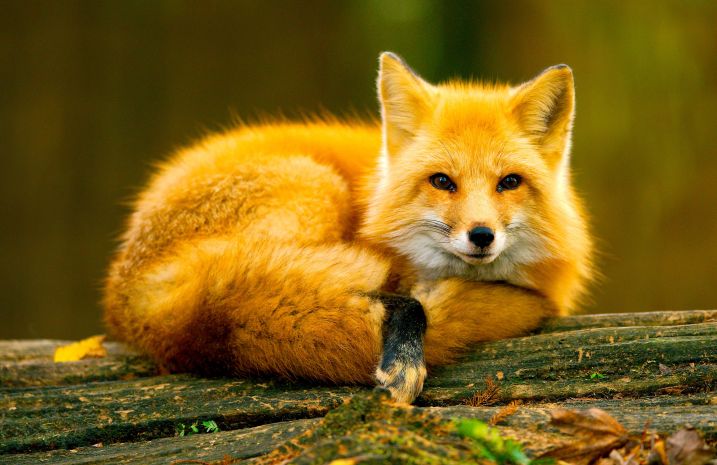Large or small, fast or slow, wild or domestic ... who has never photographed an animal? Surely you have done it more than once and twice. Has it happened to you that you have not been satisfied with the result? Do you mess with the settings of your camera but would like to achieve snapshots like the ones you see in magazines? Animal photography is not an easy subject, but it is very rewarding, so in today's article I will give you some ideas and tips that will improve your photos and allow you to enjoy this initiative more.
EQUIPMENT NEEDED TO PHOTOGRAPH AN ANIMAL
The photography of animals is a very wide subject, it is not the same to photograph a lion in the middle of the jungle that a fish inside an aquarium or your pet resting in the living room of your house. Each moment requires a team and different settings, first we will talk about the team. 1. If what you have planned is a photographic safari, you will have to arm yourself with a good telephoto or super telephoto lens, 70 to 200 mm for animals that you can get a little closer to and a 500 or 600 mm lens to make large planes of animals more wild These animals are not going to make it easy for you and of course, don't even think about getting close! A stabilizer will also help you. You must also have a good tripod, camouflage equipment, binoculars to locate the beautiful specimens and arm yourself with patience. 2. It is not necessary to go to the jungle to photograph a tiger or a giraffe. Find the nearest zoo and take a telephoto lens and a 50mm f / 1.4 or failing the f / 1.8, if we talk again about the King of the objectives and the prince , for something Mario calls them that, right? You can get photos like these:TECHNICAL ASPECTS OF ANIMAL PHOTOGRAPHY
Focus:- For quiet animals use the Simple AF mode and focus on the eyes.
- For more moviditos animals continuous AF (AI servo if you are from Canon), more suitable for mobile elements.
- Adjust the ISO to the lighting conditions of the moment.
- Use wide openings to capture more light and to blur the background.
- eye! Forget the flash or you'll scare the animal! Use natural light .
- Watch the backgrounds, a wonderful photo can be damaged by a distracting background. If you are in a zoo or on a farm, avoid fences and the like, look for the sky, grass or plain and colorful backgrounds to improve your images. If you can't, a trick is to change the frame, move, zoom in and eliminate the annoying background.
- With animals, as with any other subject, you cannot forget the rules of composition and framing. I leave you in link to this post as a souvenir.
OTHER IMPORTANT TIPS
- Never lose sight of the animal's eyes, in most cases, if you lose your eyes, you will lose the photo. Focus them well and your image will win.
- If what you are going to photograph is your pet you can not miss these 12 Tips for Photographing Your Pet [How It Deserves ..] that Mario gives you.
- Activate the burst shot mode, if it moves you will have more possibilities to choose the image you like best.
- If you are going to photograph through a glass, well in a zoo, in a terrarium, aquarium ...: do not go too far from the glass so that the spots are not visible and do not shoot at an angle so that less reflections are seen. Support the lens on the glass and shoot in parallel. Trick: Place a dark cloth around the target to avoid reducing reflections if you have to shoot at an angle. If the aquarium or terrarium is yours, clean the glass well and you will avoid much further work on the computer.
- Beware of the fences that separate you from the animal. If you cannot avoid it, make it disappear with a telephoto lens, bringing the lens as close as possible to the fence and use an open diaphragm.
- Do not settle for just one copy, try to find the interaction between several species or several copies of it. You will get a much more emotional picture.
- Observation is very important. Take time to observe their gestures, their customs and their best positions, it will surely help you get better snapshots.
- Practice again and again, find animals near home and do tests until you find the result you like best. Practicing is the best way to learn.
- Respect animals and their environment. It doesn't matter if you are on a safari, in the countryside, in the zoo or in the garden of your house with your pet. The most important thing is the animal and not the photo, never make him suffer, or prioritize a photograph over his well-being.
- Last but not least ... respect the animal, but ... respect your life even more! Do not risk unnecessarily by approaching a t-bone steak to a tiger or a lion to get close to you ... you know there are other ways!


